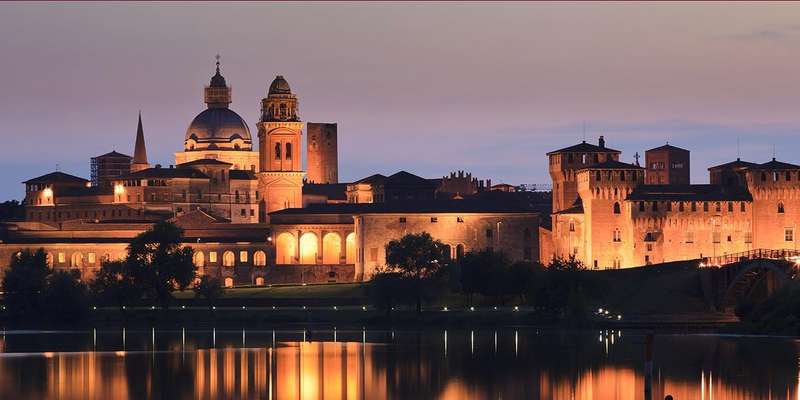- Home
- Useful Tips
- Best times to visit Mantua's...
Capturing the perfect lighting at Mantua's lakes can be a frustrating challenge for travelers and photographers alike. The region's microclimate creates unpredictable conditions where golden hour often slips away before you find the right vantage point. Over 60% of visitors miss the optimal 25-minute window when the Renaissance palaces reflect perfectly on the water's surface, leaving them with flat, uninspiring shots. Morning mist frequently obscures the lakes until 10am, while summer crowds disrupt compositions from May to August. Without local knowledge of the lakes' unique orientation, you risk wasting precious vacation time chasing light that never quite hits right.


Why Mantua's lake lighting tricks even seasoned photographers
The three lakes surrounding Mantua – Lago Superiore, Lago di Mezzo, and Lago Inferiore – each catch light differently due to their distinct orientations. While most photography guides suggest standard golden hour rules, the medieval buildings lining these waters create unexpected shadows. Lago Superiore's east-facing shore gets dramatic morning light but falls into shade by late afternoon, while Lago Inferiore's western exposure ignites at sunset but only from specific viewpoints. The real challenge comes from Mantua's famous palazzos – their terracotta hues only glow vibrantly when sunlight strikes at a 45-degree angle, a phenomenon occurring about 30 minutes later than typical golden hour predictions. Local photographers know the secret lies in positioning yourself where the Mincio River feeds into the lakes, creating mirror-like reflections when wind conditions are right.
The local's calendar for perfect lake lighting month-by-month
April through June offers the most reliable conditions, when the sun aligns perfectly with Mantua's historic center between 5:45-6:30 PM. Come July and August, humidity diffuses the light, creating beautiful haze but reducing contrast – arrive 15 minutes earlier to catch sharper reflections. Autumn brings the most dramatic skies, with September's harvest light casting warm tones on Palazzo Ducale, though you'll need to adjust for earlier sunsets. Winter provides unexpected opportunities when fog lifts suddenly around 2 PM, illuminating frost-tipped reeds against the water. Locals swear by the 'double golden hour' phenomenon in October, when sunlight bounces off the Te Palace's marble facade onto the lakes for a brief magical period before dusk. For solitary shooting, target weekday mornings in May when student groups haven't yet arrived.
Hidden vantage points even guidebooks miss
The Ponte dei Mulini offers an elevated perspective few tourists find, where morning light filters through its medieval arches onto Lago Superiore. For sunset, follow the cycling path along Via Legnaghese until you spot three cypress trees clustered together – this unmarked spot frames Lago Inferiore with natural vignetting. Local fishermen gather at dawn near the Diga Masetti, where the ripples create stunning light fractals perfect for abstract photography. Don't overlook the industrial dock at Porto Catena; its metal walkways reflect golden light onto the water in geometric patterns. The secret is arriving 40 minutes before official sunrise in summer to secure positions at these spots, as Mantua's photography clubs know their worth. For midday shooting when light seems harsh, the covered walkway near Palazzo San Sebastiano diffuses sunlight beautifully onto the canal edges.
Essential gear and free techniques for magical shots
A circular polarizer proves indispensable for cutting through Mantua's frequent haze, while a lightweight 24-70mm lens handles most compositions. Before considering paid tours, try the 'three steps back' technique locals use – positioning yourself so three distinct light reflections appear in your viewfinder creates instant depth. Free golden hour alerts from the Meteo Mantova app pinpoint ideal shooting days by tracking humidity levels. For smartphone photographers, the secret lies in tapping to focus on the water's edge, then sliding exposure down by 0.7 for richer colors. If crowds disrupt your shot, the lakes' reeds make excellent natural frames when shot from knee-level. Remember that Mantua's best lighting often happens when your light meter says it shouldn't – trust your eyes over technology when those palace walls start glowing amber.



